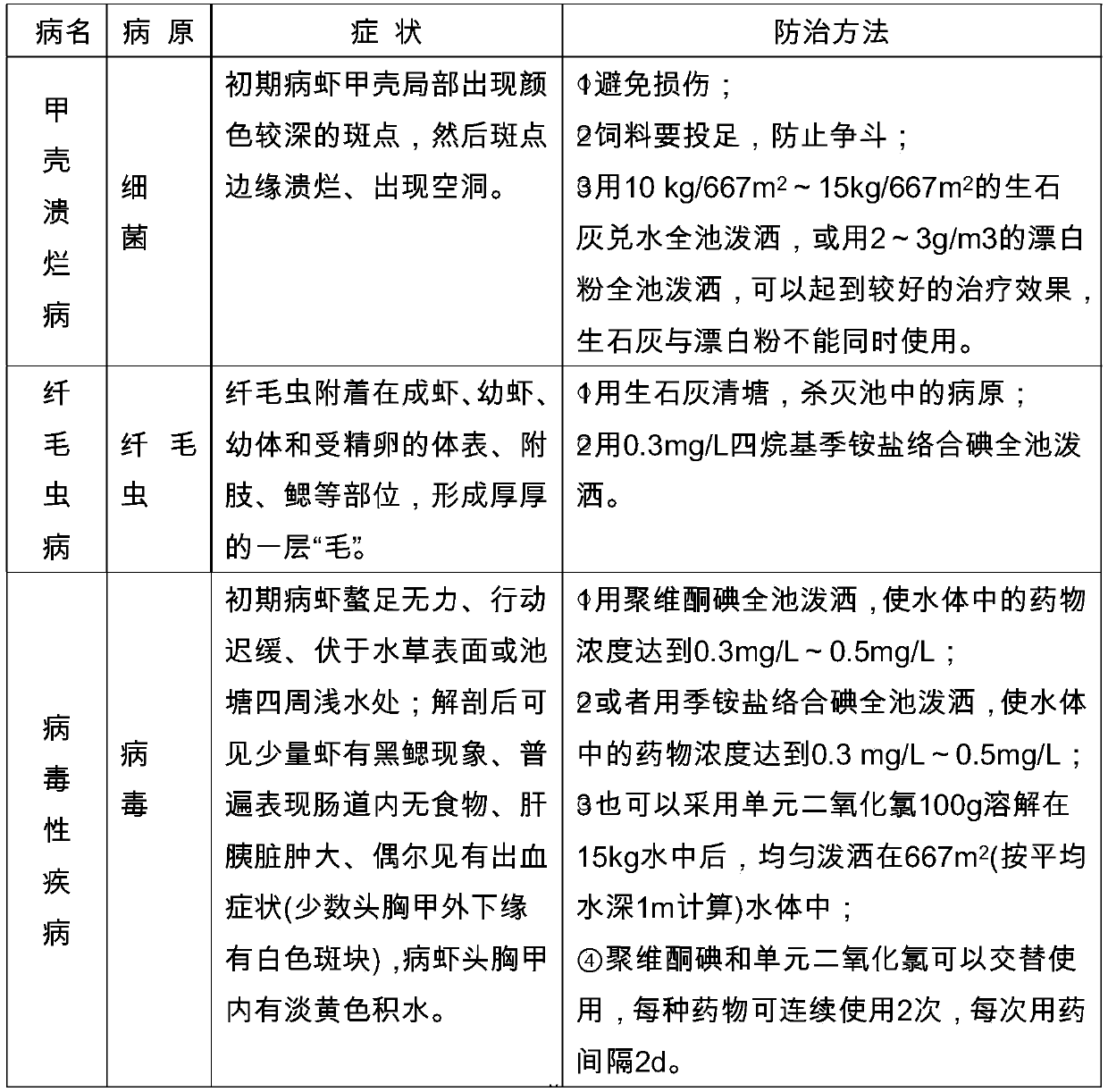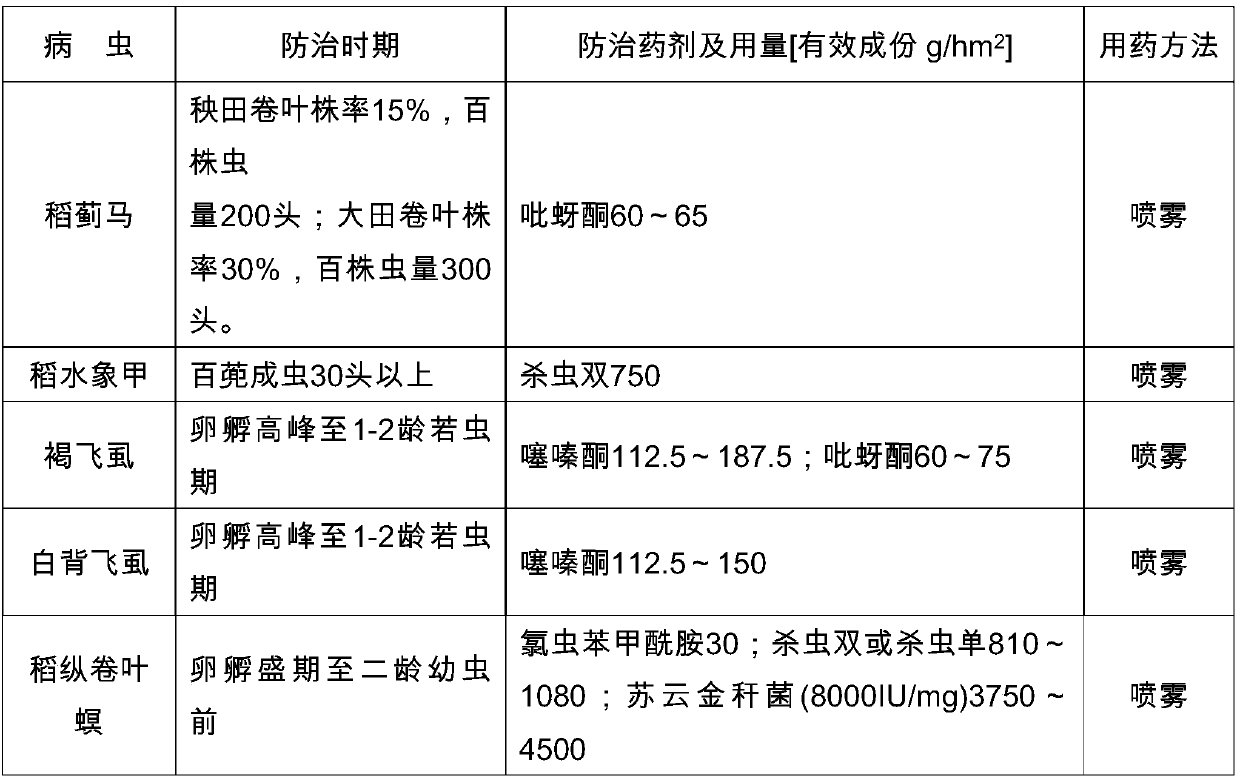Rice and lobster co-culture method
A breeding method, rice and shrimp technology, applied in fish farming, rice cultivation, climate change adaptation, etc., can solve problems such as large breeding risks
- Summary
- Abstract
- Description
- Claims
- Application Information
AI Technical Summary
Problems solved by technology
Method used
Image
Examples
Embodiment Construction
[0039] In order to make the objectives, technical solutions and advantages of the present invention more clear, the present invention will be further described in detail below in conjunction with specific examples and examples. It should be understood that the specific embodiments described here are only used to explain the present invention, not to limit the present invention.
[0040] The rice-prawn co-cropping method of the present invention is divided into two parts, i.e. the cultivation of crayfish and the planting of rice.
[0041] Wherein, the culture of crayfish comprises the following steps:
[0042] 1. Rice field transformation
[0043] (1) trenching
[0044] That is, excavate a ring-shaped ditch along the outer edge of the paddy field ridge to 7m to 8m inside the paddy field. The foot of the embankment is excavated 2m away from the ditch, the ditch width is 3m~4m, and the ditch depth is 1m~1.5m. Among them, if the paddy field area reaches more than 50 mu, it is b...
PUM
 Login to View More
Login to View More Abstract
Description
Claims
Application Information
 Login to View More
Login to View More - R&D
- Intellectual Property
- Life Sciences
- Materials
- Tech Scout
- Unparalleled Data Quality
- Higher Quality Content
- 60% Fewer Hallucinations
Browse by: Latest US Patents, China's latest patents, Technical Efficacy Thesaurus, Application Domain, Technology Topic, Popular Technical Reports.
© 2025 PatSnap. All rights reserved.Legal|Privacy policy|Modern Slavery Act Transparency Statement|Sitemap|About US| Contact US: help@patsnap.com



